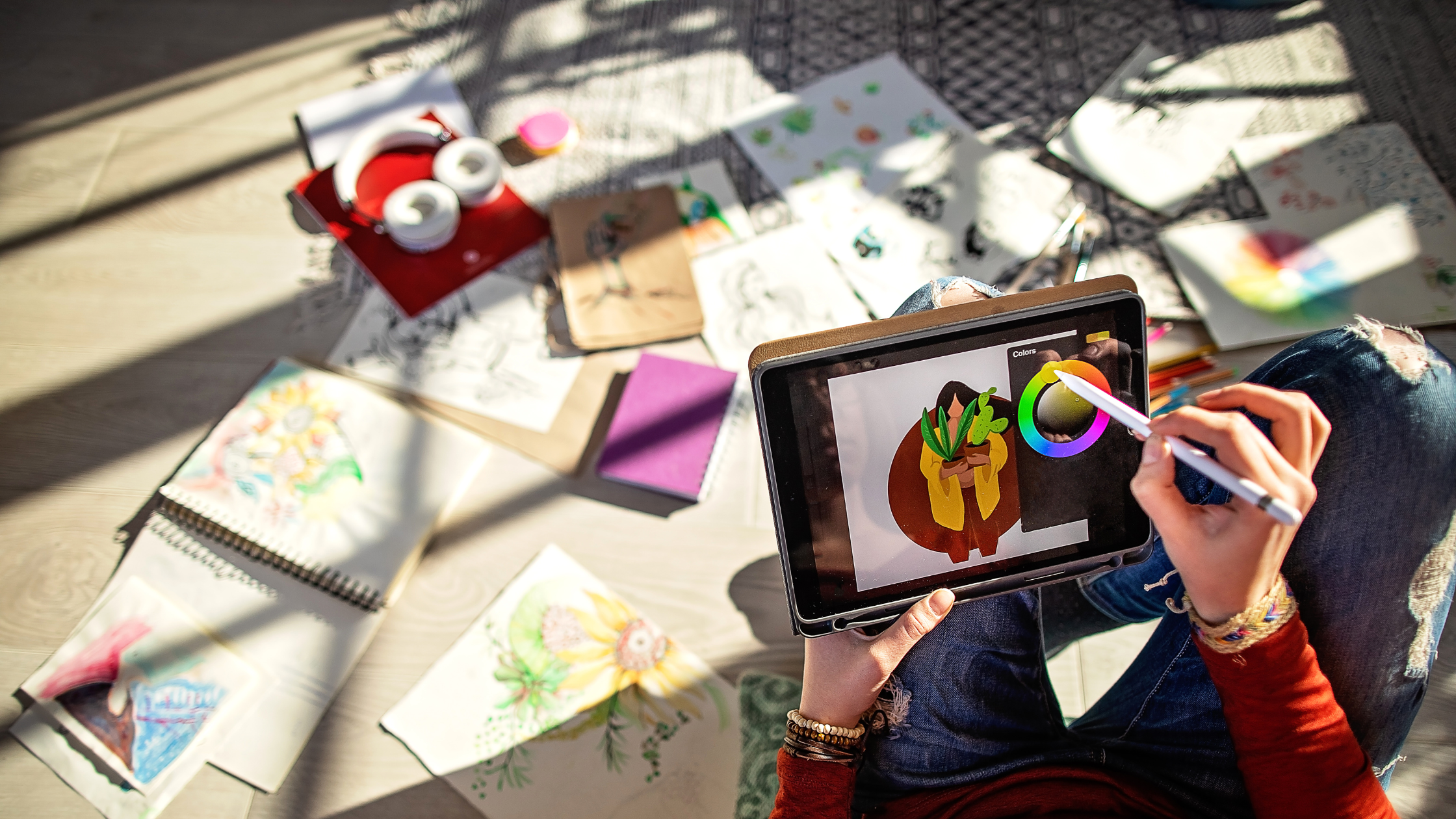5 Powerful Ways Artists Can Leverage AI to Boost Their Business in 2025
Let's acknowledge something upfront: as an artist, the idea of using AI might feel uncomfortable or even threatening to your craft. Many creative professionals worry that artificial intelligence could devalue the human ingenuity and emotion that makes art meaningful. These concerns are valid and understandable. However, it's important to remember that AI tools are ultimately created by and for humans—they're instruments that respond to our direction, not replacements for artistic vision or creative expression.
Think of AI as a studio assistant for the business side of your art practice, handling the marketing tasks you might find draining so you can focus more energy on creating. In today's digital landscape, artists are discovering innovative ways to enhance their creative businesses through artificial intelligence while preserving the authenticity that makes their work unique. Whether you're a painter, photographer, illustrator, or any other type of visual artist, AI tools can help you market your work more effectively and save valuable time for creating. This guide explores five practical applications of AI technology that can transform how you promote and sell your art.
1. Write Professional Product Descriptions
One of the most challenging aspects of selling art online is crafting compelling product descriptions that capture the essence of your work. AI writing assistants can help you:
Generate detailed descriptions that highlight the unique features, materials, and inspiration behind your artwork
Incorporate SEO keywords organically to improve visibility on platforms like Etsy, Shopify, or your personal website
Maintain a consistent tone across all your product listings while saving hours of writing time
Overcome writer's block when you're struggling to describe your own creative process
Example: Many landscape artists find that AI can help them articulate aspects of their work they hadn't consciously recognized. When using AI to draft product descriptions, artists often report developing a deeper awareness of their color choices, brushwork techniques, and compositional decisions as they interact with the AI's interpretations of their work.
Pro tip: When using AI for product descriptions, provide specific details about your piece (dimensions, materials, color palette) and ask the AI to incorporate emotional language that connects with potential buyers.
2. Write Converting Sales Pages
Your website's sales pages are critical touchpoints for potential collectors. AI can help you:
Structure sales pages with proven copywriting frameworks that guide visitors toward purchase
Craft compelling artist bios that build authentic connections with your audience
Create persuasive calls-to-action that encourage visitors to join your mailing list or make a purchase
A/B test different versions of sales copy to see which resonates best with your audience
According to a case study published by Wordstream, changing just a single word in a call-to-action can have dramatic effects on conversion rates. In one notable example, Veeam Software changed their CTA from "Request a quote" to "Request pricing" and saw their click-through rate increase by an impressive 161%.
Example: A digital artist might use AI to help rewrite their commission page, shifting focus from technical details to the emotional experience of owning custom artwork. This approach often yields impressive results—artists who make this strategic change typically see significant increases in commission requests, sometimes doubling their inquiries within weeks of implementing the more benefit-focused language.
Pro tip: Use AI to generate multiple versions of your sales page and gather feedback from existing collectors about which resonates most authentically with your artistic voice.
3. Craft Personalized Customer Emails
Email remains one of the most effective marketing channels for artists. AI can help you:
Create engaging newsletter templates that showcase your latest work and upcoming events
Design automated email sequences for new subscribers that introduce them to your artistic journey
Personalize follow-up messages to recent buyers to encourage repeat purchases and referrals
Craft thank-you emails that make collectors feel valued and connected to your practice
Example: A printmaker could use AI to design a 5-email welcome sequence for new subscribers that guides them through their artistic process, showcases popular collections, and offers a small discount on first purchases. Such automated but personalized email sequences typically improve conversion rates significantly—many artists report 25-40% higher engagement compared to generic one-off emails.
Pro tip: Use AI to analyze which subject lines generate the highest open rates for your particular audience, then create templates that follow those patterns while maintaining your authentic voice.
4. Plan Strategic Social Media Content
Maintaining a consistent social media presence is crucial for artists, but it can be time-consuming. AI tools can help you:
Generate content calendars that balance promotional posts with behind-the-scenes glimpses and educational content
Create caption templates that incorporate trending hashtags relevant to your artistic niche
Design themed content series that showcase different aspects of your work or process
Analyze engagement patterns to determine optimal posting times and content types
Example: A ceramic artist might use AI to plan a 30-day Instagram series highlighting different techniques in their pottery studio. This structured approach to content planning typically leads to significant improvements in engagement metrics, with many artists reporting 30-50% increases in interaction rates. Such consistent, themed content series can also attract gallery attention and exhibition opportunities.
Pro tip: Ask AI to help you develop a content ratio formula (such as 60% process, 20% finished work, 10% personal insights, and 10% promotional) that keeps your feed varied while still reflecting your unique artistic voice.
5. Research Emerging Art Trends
Staying informed about market trends helps artists position their work strategically. AI can help you:
Analyze search volume for different art styles, subjects, and mediums
Identify emerging color palettes that are gaining popularity among collectors
Research popular price points for artwork similar to yours in various marketplaces
Discover niche communities interested in your specific artistic style
Example: A mixed media artist could use AI research to identify emerging trends, such as growing interest in sustainability-focused art. This insight might inspire the creation of a series using reclaimed materials that resonates with eco-conscious collectors, potentially opening up an entirely new market segment for their work.
Pro tip: Use AI to track seasonal trends in art purchasing behavior, allowing you to plan themed collections or promotions during peak buying periods like the holiday season or spring home refreshes.
Balancing AI Assistance with Artistic Authenticity
While AI offers powerful tools for marketing and business tasks, the most successful artists use it thoughtfully to complement—never replace—their unique creative voice. The goal is to automate repetitive business tasks so you can focus more energy on creating art that expresses your authentic vision.
Example: Many illustrators find that AI handles the marketing language they've traditionally struggled with, freeing their creativity for what matters most—creating meaningful art that connects with people.
Getting Started with AI Tools for Artists
Many artists begin their AI journey with user-friendly platforms like Jasper, Claude, or ChatGPT for writing tasks, while tools like Canva's AI features help with visual content planning. Start with one area where you feel most challenged—perhaps product descriptions or email newsletters—and gradually expand as you become comfortable with the technology.
Remember that AI works best when guided by your specific knowledge and artistic perspective. The more context and examples you provide, the more aligned the output will be with your unique artistic brand.
What AI tools have you experimented with in your art business? Share your experiences in the comments below!

